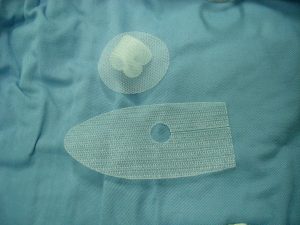
Understanding Bodily Injury Claims Against MARTA
The Metropolitan Atlanta Rapid Transit Authority (MARTA) operates buses, trains, and other transit services in the Atlanta area. As a government entity under Georgia law, claims for bodily injuries (such as those from accidents on buses, trains, slips at stations, or assaults due to inadequate security) follow special procedures. These differ from standard personal injury claims against private parties, primarily due to sovereign immunity rules that limit lawsuits against government agencies. MARTA owes passengers a high “extraordinary diligence” standard of care, meaning they must exercise extreme caution to prevent foreseeable harm.
You can pursue a claim if your injury resulted from MARTA’s negligence, such as a bus driver’s error, poor maintenance (e.g., faulty escalators or tracks), unsafe conditions at stations, or inadequate security in high-crime areas. However, success requires proving negligence caused your injury, and the process has strict deadlines. Failure to follow them can bar your claim entirely. It’s strongly recommended to consult a personal injury attorney experienced in government claims immediately, as they handle the complexities on a contingency basis (no upfront fees; paid only if you win).
 Atlanta Personal Injury Lawyer Blog
Atlanta Personal Injury Lawyer Blog










